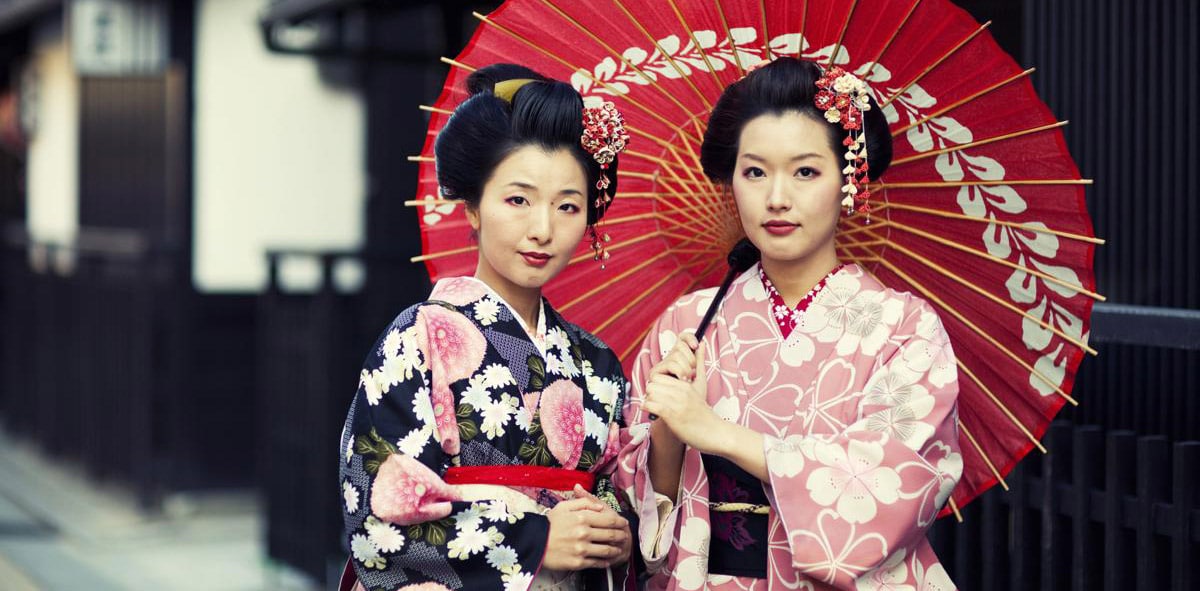
Japan is my second home. I have been there many times and I can't wait for the pandemic to end to return. I love this country, its people, its gastronomy and its culture. Japan is a Phoenix, there is no doubt, and among so many wonders today we will highlight the traditional japanese dress.
Here people dress how they want, you will notice when you walk through its streets and nobody sees what you are wearing. But also, it is a society where the modern coexists with the old, so a usual postcard is to see a woman in a kimono next to an executive in heels, both waiting for the bullet train.
Fashion in Japan
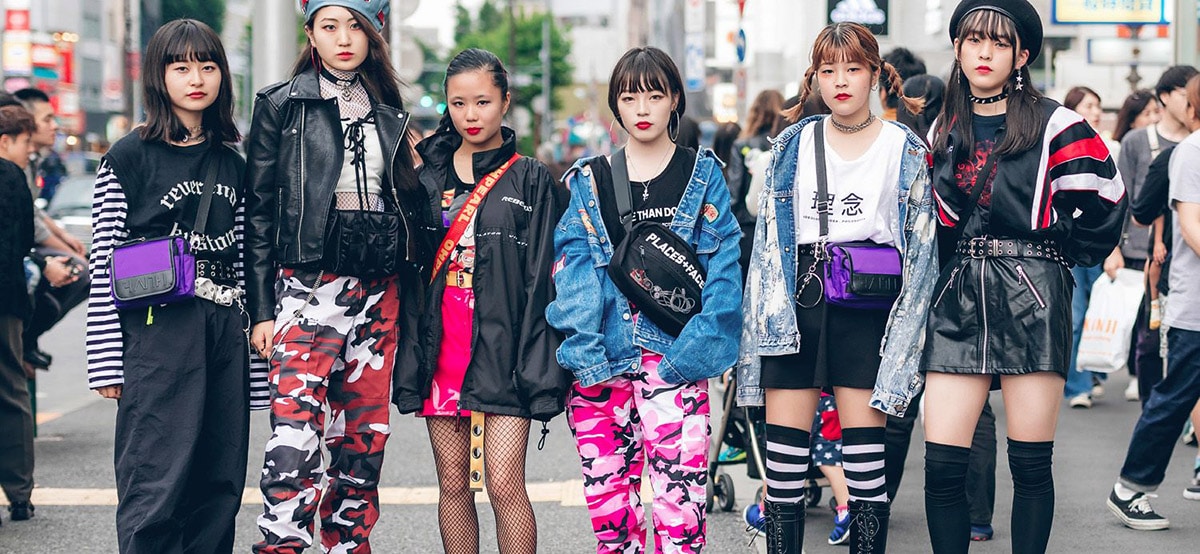
As I said above the japanese dress how they want, with the great advantage that nobody judges them. You may come across an adult woman dressed like an anime character or an elderly man dressed up as a who knows what, a smart businessman, a construction worker, or several artificially tanned young men.
There are fashions, of course there are, there are groups that follow them, but it seems to me that the difference is that nobody looks at what the other does. I come from a culture where if yellow is used in summer we all wear yellow, and here are some differences. That the look is not critical is great. Don't you have big breasts, don't jeans fit you like Jennifer Lopez? Who cares?
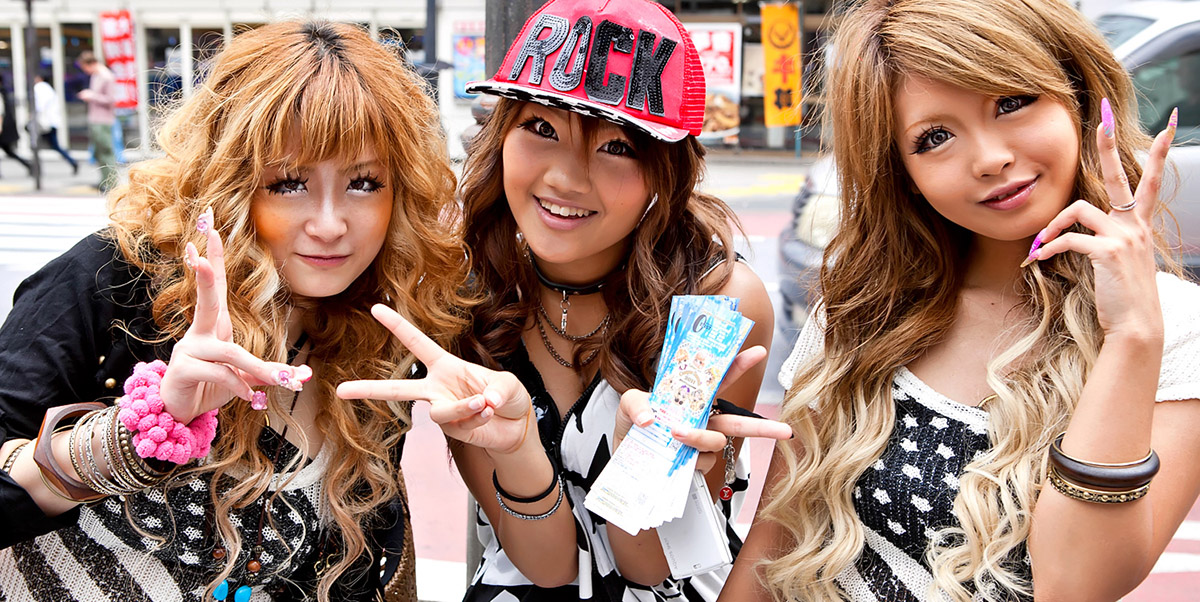
So, if you plan to go to Japan, you should know that walking through its streets and observing its people is a great cultural experience. And yes, the modern, rare and amazing is going to mix with the traditional, with yukatas, kimonos, geta sandals and more.
Traditional Japanese dress
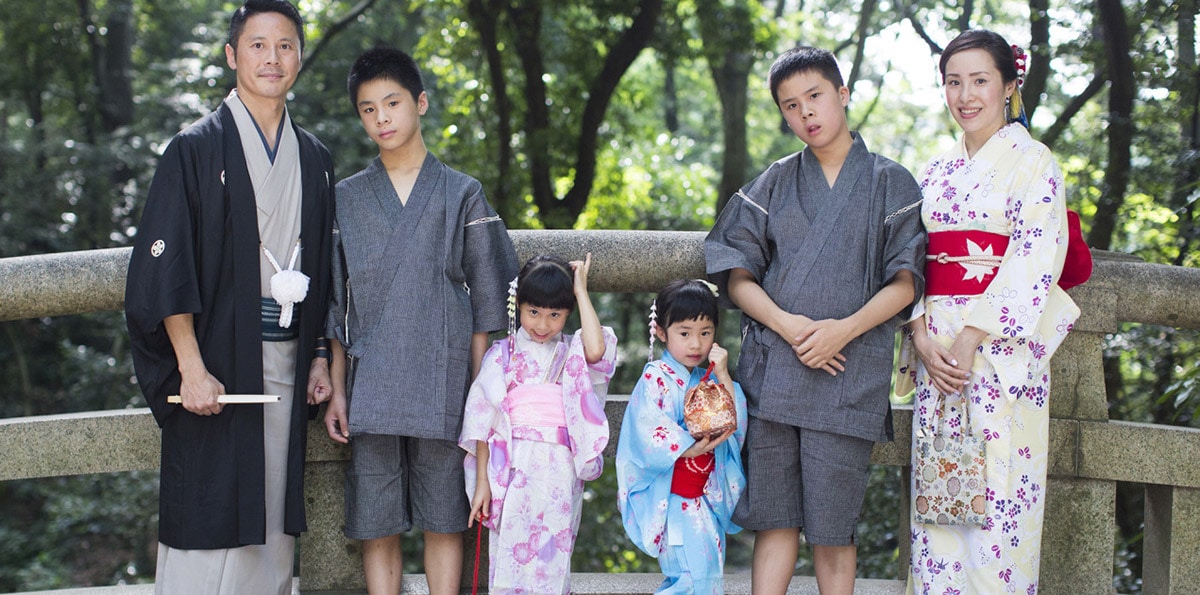
The traditional Japanese dress is the kimono. In general, kimonos are made with silk fabrics, they have long sleeves that go from the shoulders to the feet, or almost, they are held with a wide belt, the obi, and in everyday life they have been for special events or traditional festivals.
Kimono restricts female movements and it is a garment that costs and takes time to put on. It goes hand in hand with the role of women in traditional Japanese society, that of assistant, companion, delicacy walking. There are winter kimonos and there are summer kimonos, lighter, less layered, known as yukatas Children or young adults are to wear yukatas for summer festivals, as you sure see in many manga and anime.
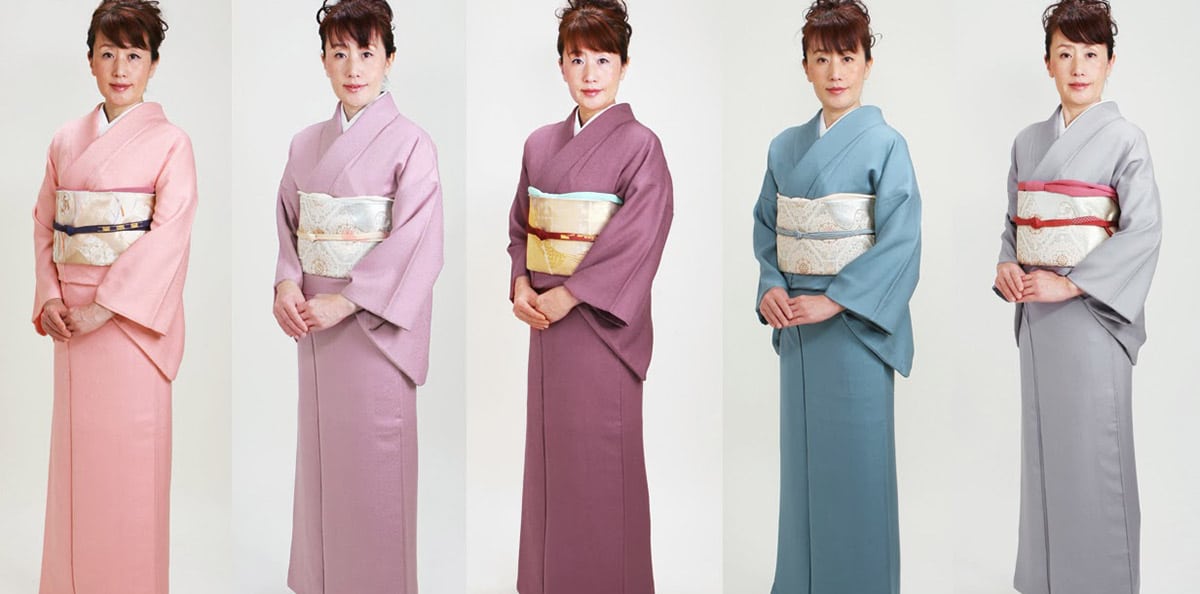
The kimono is feminine and masculine. It is layered and the number of layers has to do with the economic level of the person or its social importance. Women's kimonos are actually more intricate than men's and have more details. The layers do not cover each other and that allows for a really beautiful play of colored lines.
The fabric with which a kimono is made has a length called so, approximately 11.7 meters long and about 34 centimeters wide is the usual. Two pieces are cut from this so, one to do the front and the counter front right and the other for their respective counterparts. A vertical seam is made in the center of the back and this is where both sections meet and future lengths are folded and sewn to the body to form the sleeves.
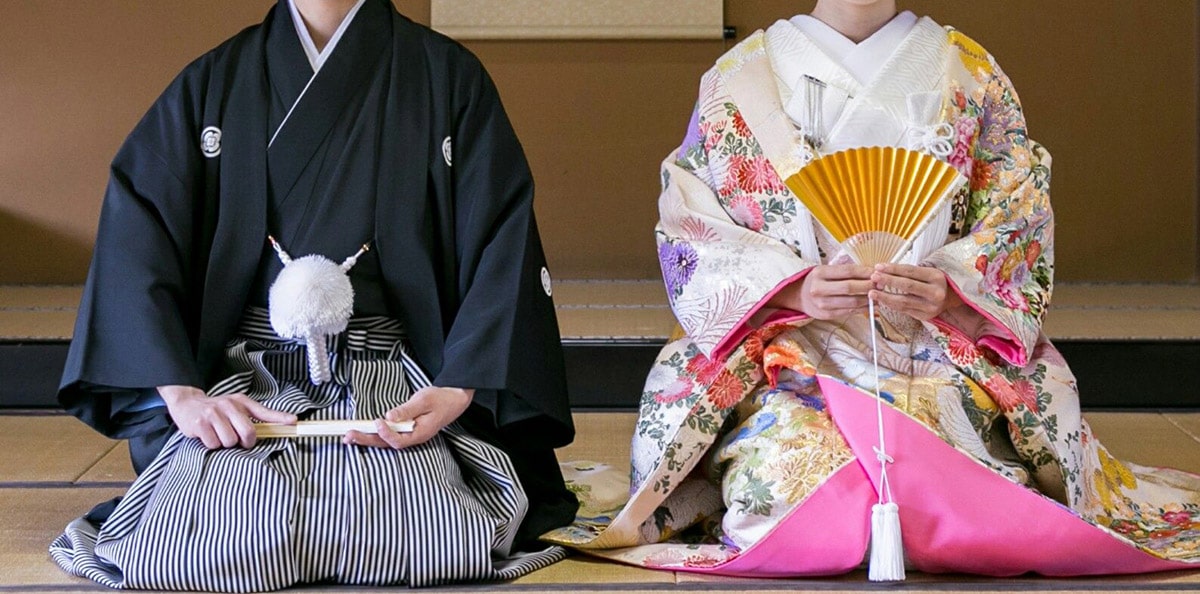
The depth of the sleeves varies from garment to garment. At the beginning of the XNUMXth century, kimonos were made with tits, a fabric spun from silk obtained from defective cocoons. Later, with the introduction of textile machinery, the use of this type of low-grade yarn was perfected and thus a more lustrous, thicker, durable and relatively cheaper fabric was created. This fabric was dyed with artificial dyes, with innovative techniques, and thus all Japanese women began to choose the meisen to make their casual kimonos.
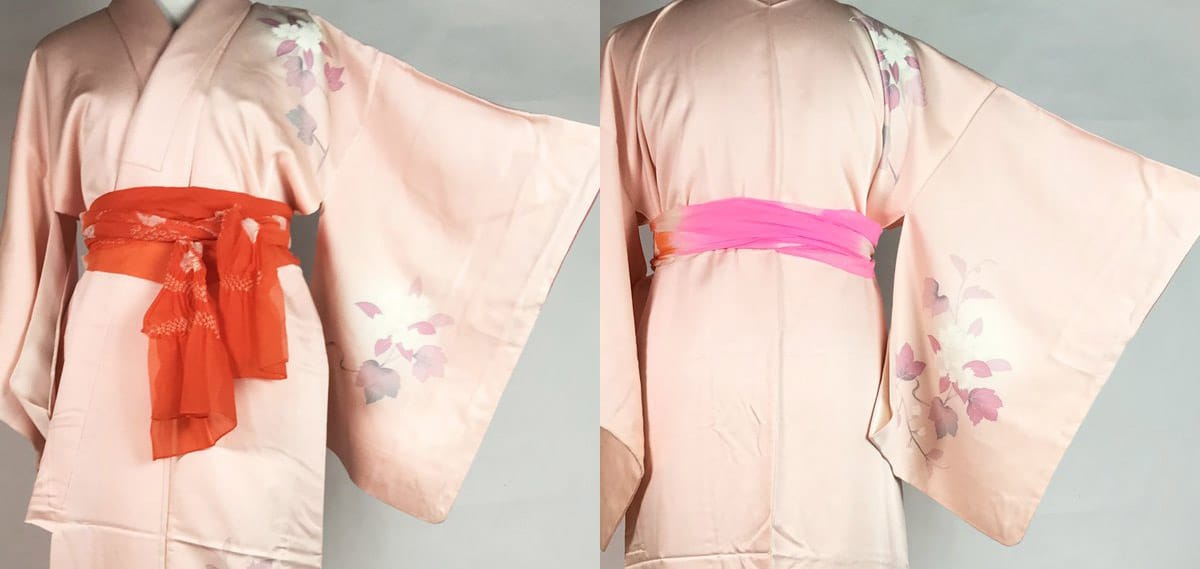
Another type of kimono is the tsukesage, a bit more casual than the Homongi kimono. It has simpler and more modest designs that cover a small area below the waist.
There is a style of traditional dress very typical of the geishas Kyoto, the SUsohiki. These young women dress with it when they dance or do some typical art. The color and design of this garment depends on the season of the year and the event the geisha attends.

It is a long dress, quite a lot if we compare it with a regular kimono, because it is designed so that the skirt is dragged on the floor. The susohiki can measure more than 2 meters and sometimes he is also called Hikizuru. They also use it when singing Maikowho songs, dancing, or playing the shamisen (the traditional Japanese three-stringed instrument). One of her most beautiful accessories is the Kanzashi ie, a hair accessory It is made from lacquered wood, gold, silver, tortoise shell, silk, or plastic.

You may have noticed that there are several styles of kimonos, so here are the names of some of the most popular: furisode, long-sleeved and worn by young women when they turn 20, the homongi, semi-formal, feminine, to use in weddings of friends, the Komon It is more casual and they have many designs, and finally the men's kimono, always simpler, more formal, combining hakama and haori jacket.
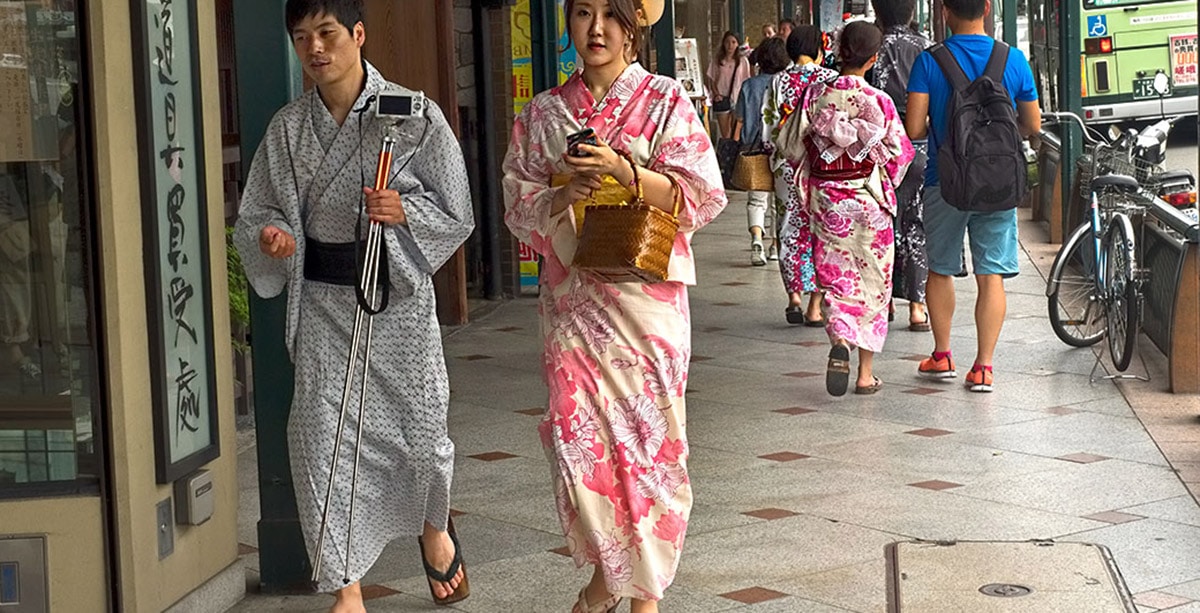
And the yukata? As we said, they are simple and light kimonos, made with cotton or synthetic yarns. They are worn by both girls and young boys and are very popular because they are easy to maintain and cheaper. Yukatas were traditionally dyed indigo, but today there are a variety of colors and designs for sale. If you visit a ryokan or an onsen you will have one in your room to use while you are a guest.
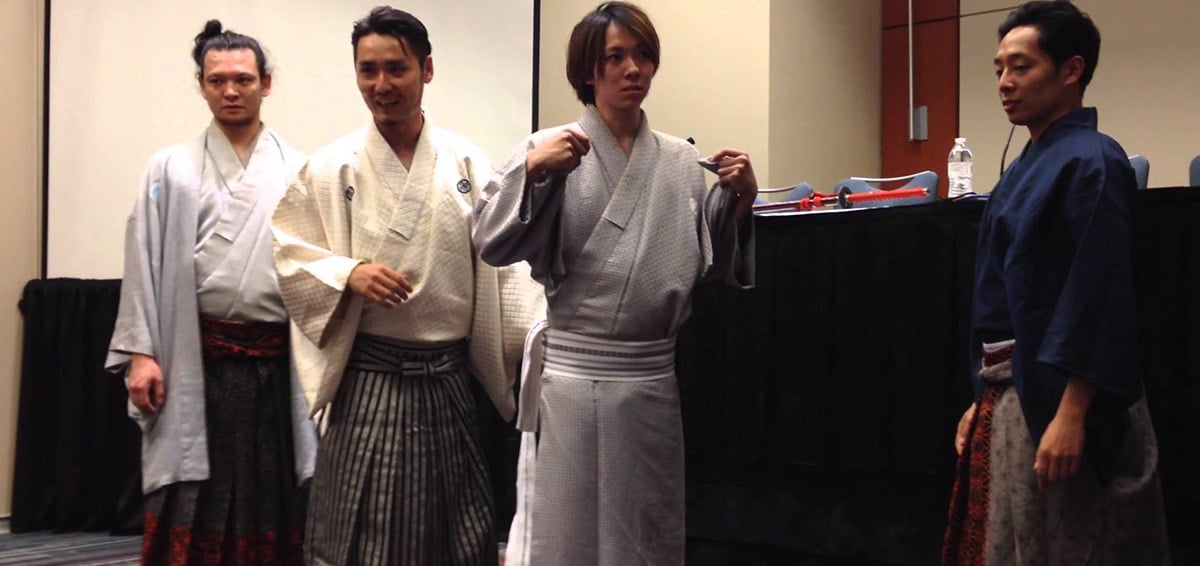
Another traditional Japanese dress is the hakama. It is for men and it is a garment that is worn over the kimono. It is tied at the waist and falls approximately to the knees. Commonly this garment was available in black and white, with stripes, although there are also models in blue. You will see the hakama in sumo wrestlers, when they attend a public event or formal ceremonies. It's something like the emblem of the japanese man.

Another traditional garment is the happi what do the men at festivalsespecially those who dance. The happi is a shirt with elbow sleeves. It has an open front, is fastened with straps and while happis adorned with icons and eye-catching designs are used at festivals, at other events they are tied around the waist with a belt and are simpler. Some designs are in the neck area and sometimes go up the sleeves to the shoulders.
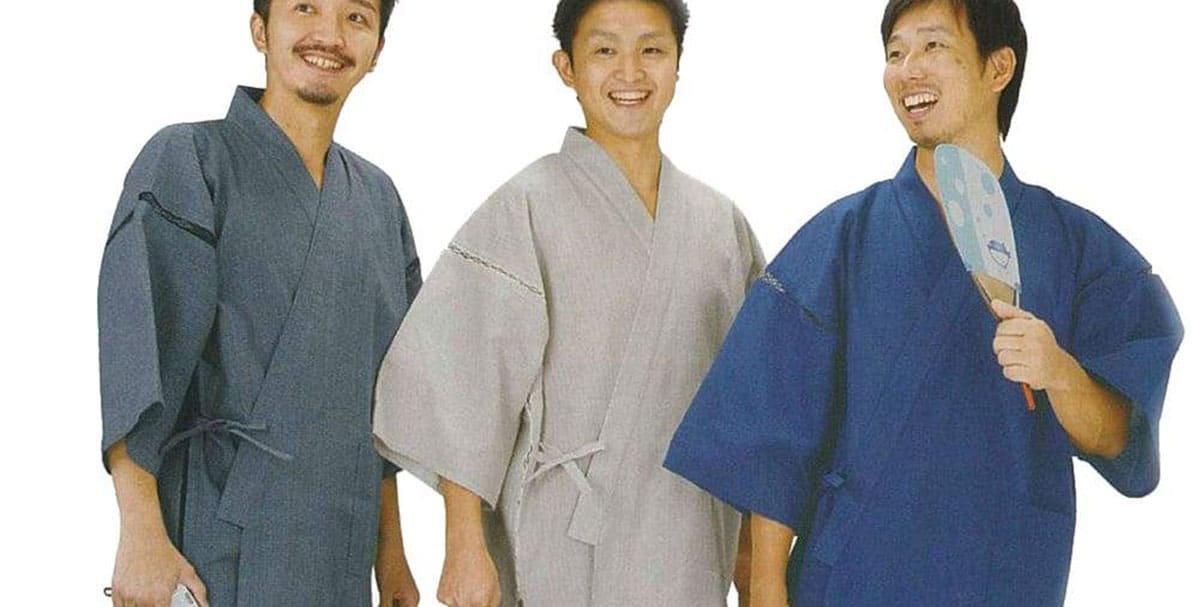
And finally, in terms of simplicity we have the jinbei, casual, similar to our pajamas, to go around at home or at summer festivals. They are worn by men and children, although lately some women choose them.
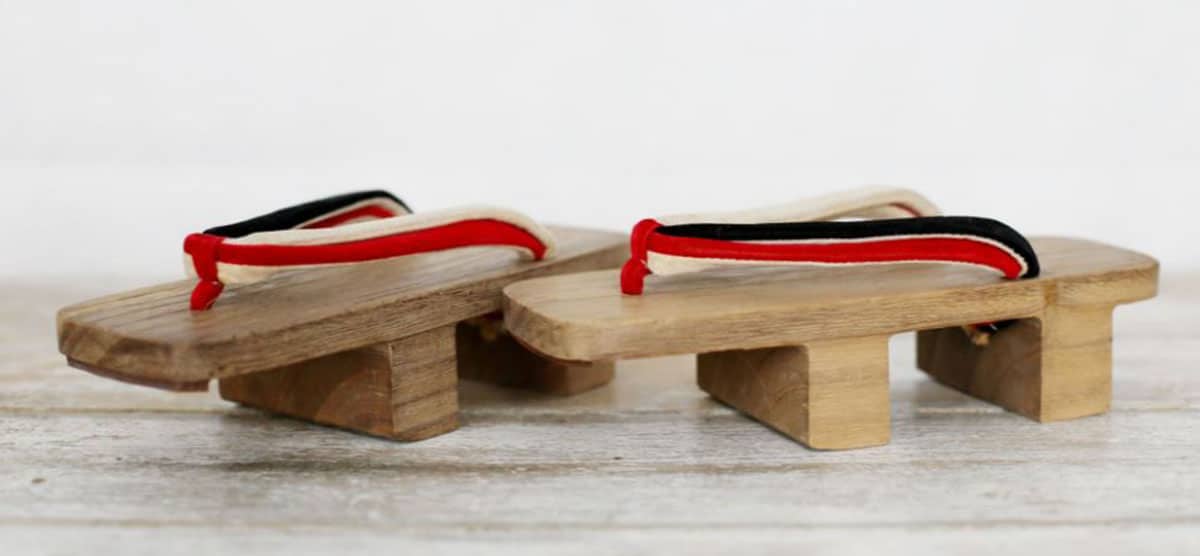
To this traditional Japanese clothing are added the wooden sandals known as geta, worn with or without tabi stockings, zori, leather or fabric sandals, the haori jacket worn by both women and men and kanzahi, the combs so beautiful that we see in the heads of Japanese women.